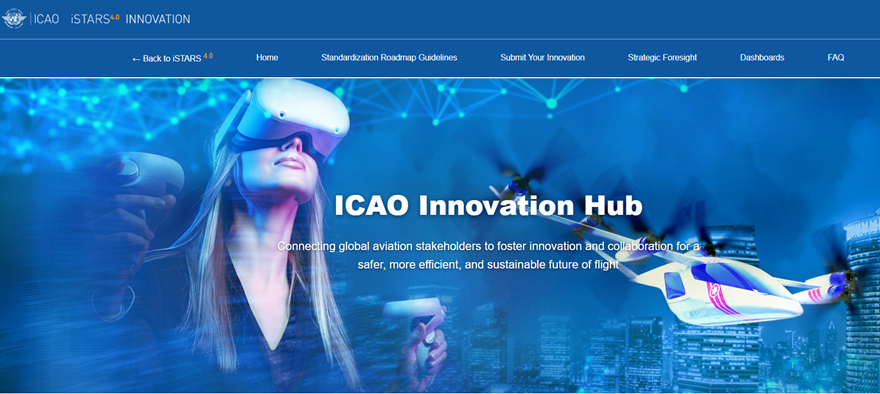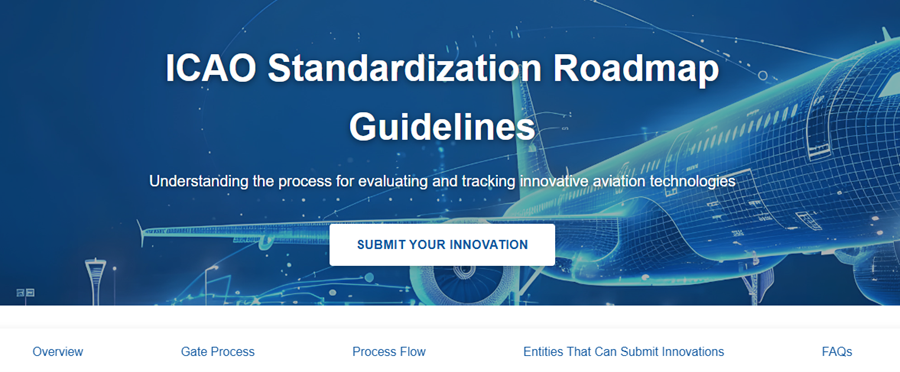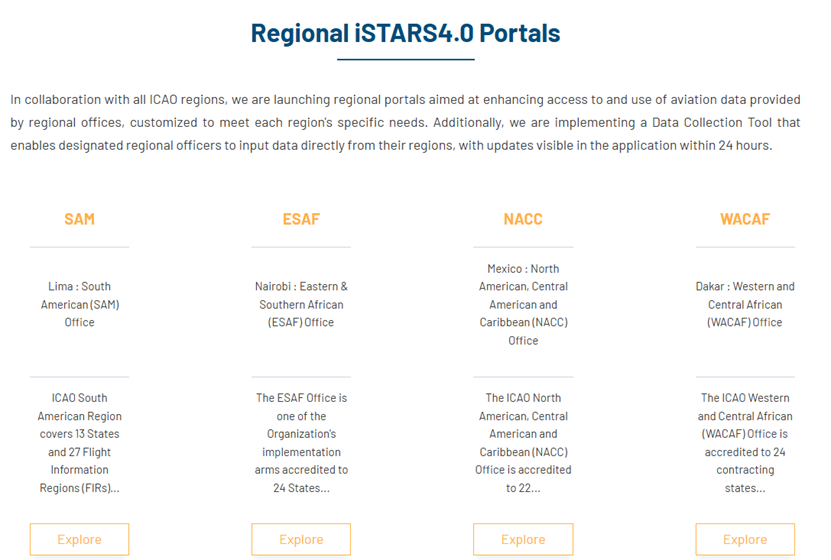Air Navigation and Safety Solutions
Integrated Platform Supporting Safety, Innovation and Air Navigation Objectives
1. Integrated Safety Trend Analysis and Reporting System (iSTARS)
Objective
Provide a web-based platform of safety and air navigation tools for States and industry partners to explore and analyse ICAO datasets such as Accidents, USOAP data and State Safety Briefings.
Description
ICAO's Integrated Safety Trend Analysis and Reporting System (iSTARS, https://istars.icao.int/Sites/ ) is a web-based system on the ICAO Secure Portal featuring a collection of applications and datasets that facilitate and assist users in conducting aviation safety, efficiency and risk analyses.
iSTARS also provides a framework for data and intelligence needed for decision-making and the prioritization of ICAO programmes such as the Universal Safety Oversight Audit Programme (USOAP), the Aviation Safety Implementation Assistance Partnership (ASIAP) and Global Aviation Training (GAT).
2. iSTARS Innovation Page

Objective
To provide a structured, collaborative, and forward-looking framework that enables all ICAO Member States to benefit equitably from innovations in aviation, while ensuring safe, effective, and inclusive regulatory and operational advancements across the global civil aviation system.
Description
The ICAO Policy on Innovation, grounded in Assembly Resolution A40-27 and inspired by the Chicago Convention, aims to address the dynamic and evolving landscape of global aviation. Drawing from an independent assessment by the United Nations System Staff College and endorsed by the ICAO Council, the policy sets a comprehensive framework to foster innovation, encourage global collaboration, and support all Member States in accessing and implementing aviation advancements.
The policy is operationalized through the ICAO triennial operating plan and aligned with the High Priority Enabler on Innovation, translating high-level goals into annual, actionable initiatives. It is structured around five strategic areas:
- High-Level Industry Dialogue – Fosters structured engagement between ICAO and industry leaders to share insights and guide the future of aviation.
- Stakeholder Collaboration – Promotes inclusive cooperation and improves access to innovation for all States.
- Innovation Regulation Tools – Develops tools to help Member States effectively regulate emerging technologies.
- Innovation Culture – Encourages innovation within ICAO by modernizing internal processes and promoting a forward-thinking mindset.
- Implementation Monitoring – Tracks progress through KPIs and dashboards to ensure accountability and continuous improvement.
Together, these pillars position ICAO as a leader in aviation innovation, promoting safety, sustainability, and equitable access for all Member States in an era of rapid technological progress.
3. iSTARS Standardization Roadmap Guidelines

Objective
To guide aviation stakeholders in understanding and participating in ICAO’s Standardization Roadmap process, which evaluates and tracks innovative technologies and operational concepts for global aviation safety and efficiency.
Description
The ICAO Standardization Roadmap Guidelines provide a structured, transparent framework for assessing and monitoring emerging aviation innovations. Designed to support ICAO’s long-term planning and standardization efforts, the Roadmap identifies technologies and processes with global applicability, maps their expected readiness timelines, and highlights when updates to international provisions may be necessary.
At the heart of the process is the Gate Process—a three-step evaluation that ensures innovations are thoroughly vetted based on maturity, testing, certification status, and compatibility with ICAO’s global plans. The Roadmap initially focuses on aircraft and engine technologies, with plans to expand its scope to all relevant aviation innovations.
Entities eligible to submit innovations include ICAO Member States and recognized international organizations. Once submitted, innovations are assessed, tracked, and integrated into ICAO’s work programme if appropriate—promoting harmonized, safe, and timely implementation across the global aviation system.
4. ICAO Regional iSTARS 4.0 Portals

Objective
To provide tailored access to aviation data and services through region-specific portals, empowering ICAO regional offices and stakeholders with timely, localized information and tools for more effective decision-making.
Description
The Regional iSTARS 4.0 Portals are designed to strengthen ICAO’s collaboration with its regional offices by offering customized platforms that reflect each region’s unique operational context. These portals facilitate access to aviation safety, efficiency, and capacity-building data specific to each ICAO region. The initiative includes the implementation of a Data Collection Tool, enabling designated regional officers to submit and update data directly from their regions, with changes reflected in the system within 24 hours. Covering all ICAO regions, including: SAM, ESAF, NACC, WACAF, and EUR, these portals support localized oversight and streamlined data-driven decision-making.